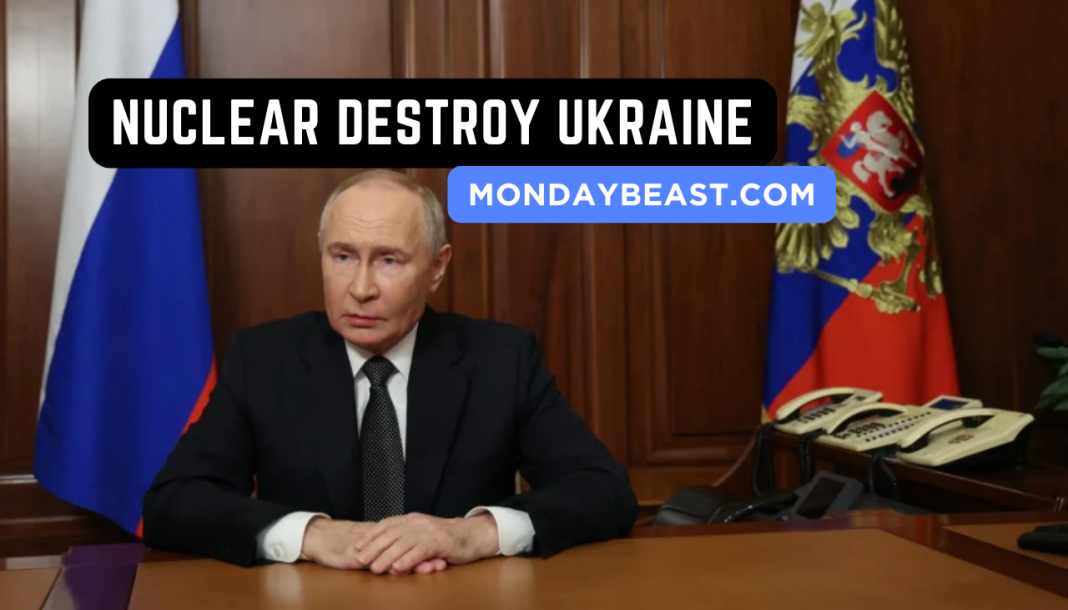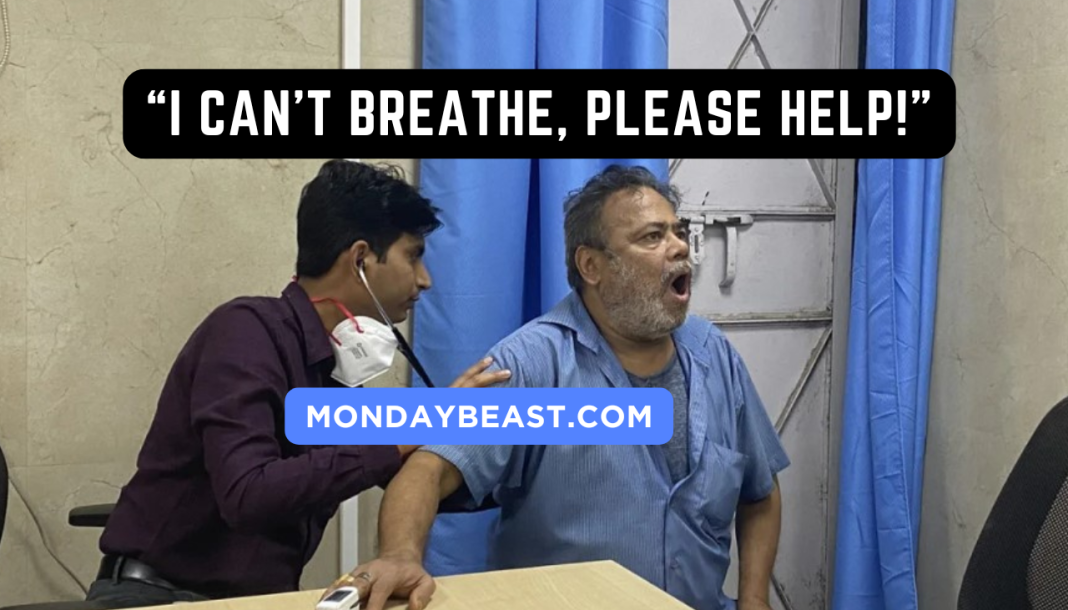Russia’s military strategy took an alarming turn this week. President Vladimir Putin announced the launch of a new medium-range ballistic missile aimed at Ukraine’s Dnipro region. This announcement marks another significant escalation in a conflict that has now dragged on for over 1,000 days. It raises profound questions about the direction in which this war is heading.
Putin described the missile as a non-nuclear system called ‘Oreshnik.’ This designation alone hints at the advanced capabilities of the Russian military, as observers note that the missile is outfitted with multiple warheads. American and Western officials suggest the strike could represent the first use of such technology in an active war. That brings a concerning layer of complexity to an already volatile situation.
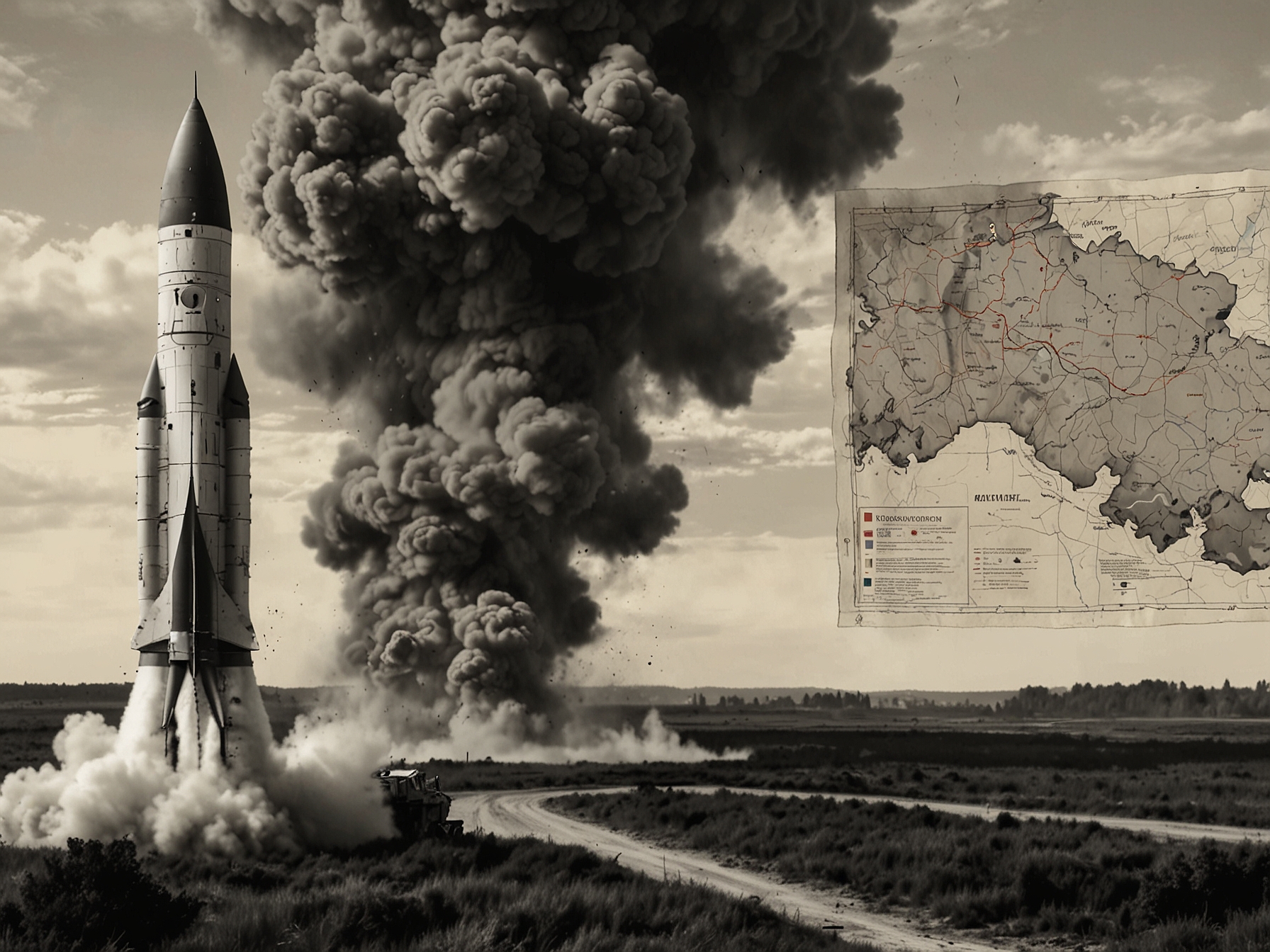
As news of the missile strike spread, reports confirmed that at least three people were injured in Dnipro. Local officials spoke of considerable damage to buildings, including a rehabilitation center for people with disabilities. The emotional toll of such attacks cannot be overstated, especially in a city already bearing the scars of an enduring conflict.
In his televised statement, Putin rationalized the missile launch as a countermeasure in response to what he called the aggressive actions of the West. He specifically referenced missile strikes by Ukraine into Russian territory, further complicating the lines of conflict. “From that moment, the regionally provoked conflict in Ukraine took on elements of a global nature,” Putin asserted, as if justifying the escalation.
But what has Germany’s and the United States’ role been in all of this? The partnership with Ukraine has grown increasingly provocative from the Kremlin’s perspective. The support for Ukrainian long-range weapons has made the stakes much higher. Putin claims that such actions warrant a robust response. What might that response look like in practical terms, especially if there’s a call for more aggressive military action?
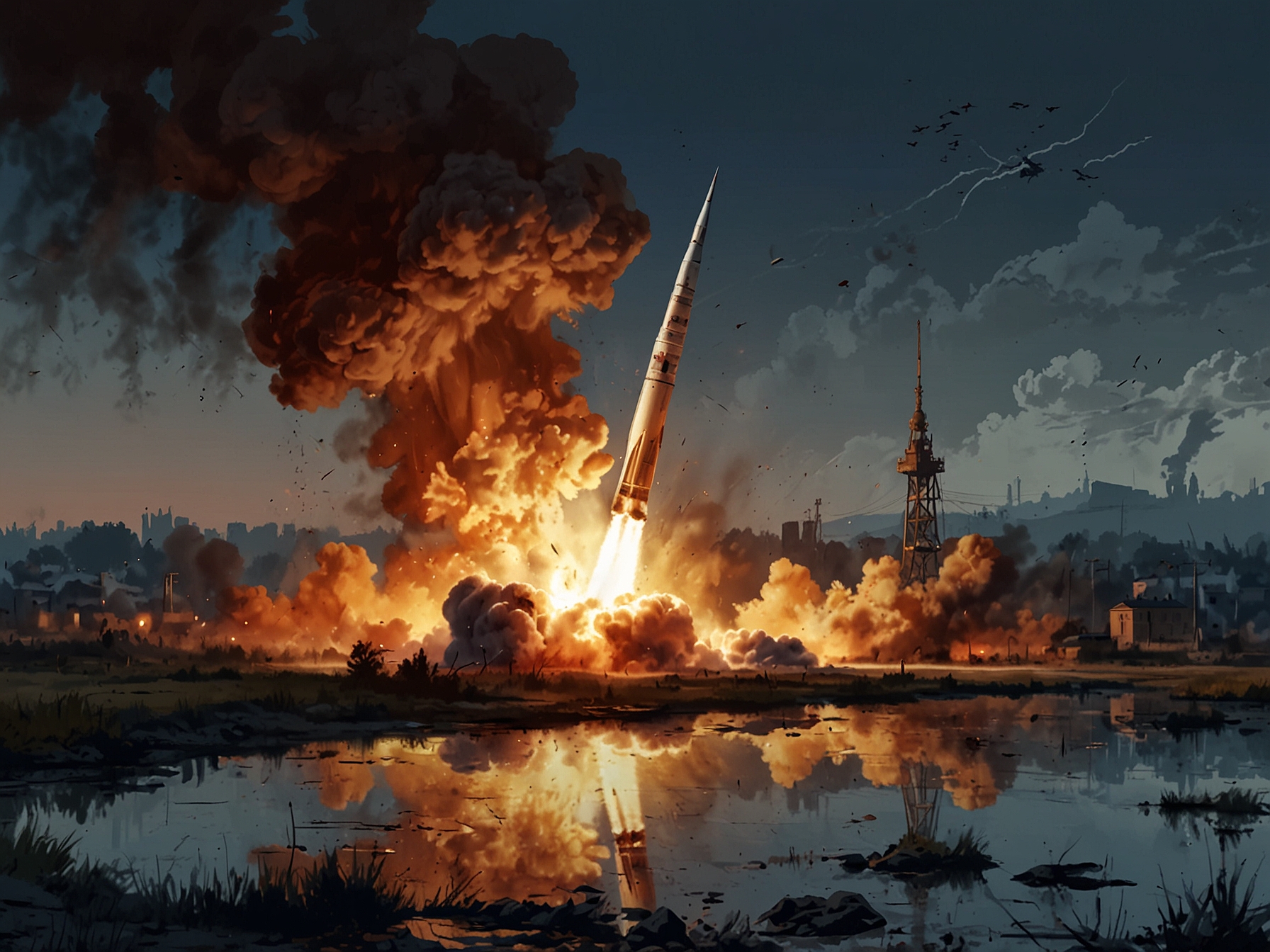
Ukrainian President Volodymyr Zelensky voiced deep concerns over Russia’s latest missile use. He characterized the action as a “clear and severe escalation.” This highlights a critical moment for Ukraine, where defensive and retaliatory capabilities are tested like never before. Is this a push for more international military support?
Zelensky urged world leaders to step up pressure on Moscow. He stressed the need for a unified global front against Russian aggression. This begs the question: how effective have those international efforts been so far?
On social media platform X, Zelensky pointed to what he termed a cynical violation of international law. His comment echoes the feelings of countless Ukrainians caught in this nightmare. The sentiments from Kyiv serve to remind us that this conflict is rooted in deep historical grievances and human suffering. It’s a plight that resonates with anyone who values freedom and dignity.
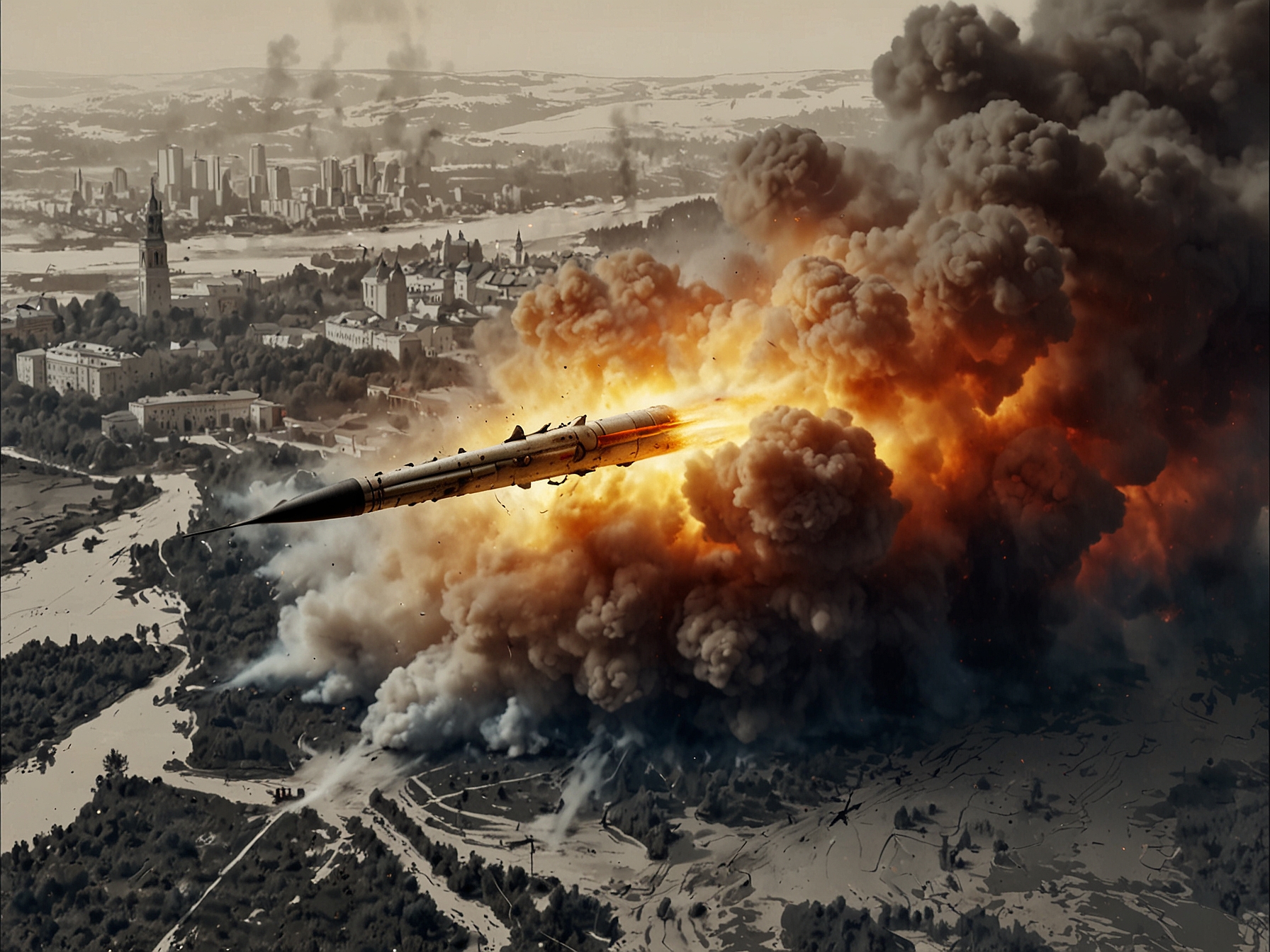
Analysts are raising alarms over the strategic use of the Multiple Independently Targetable Reentry Vehicle (MIRV) in this context. Designed during the Cold War for nuclear payloads, its conventional use has experts speculating on broader implications. Tom Karako from the Center for Strategic and International Studies called it a new mental shift in warfare. What message is Russia really sending?
This missile launch aligns with a week fraught with escalating tensions. Ukraine, armed with long-range weaponry from the U.S. and allies, did not back down when it hit targets in Russia. The back-and-forth raises significant alarm about a potential spiral into greater military confrontation. Where does diplomacy fit into this new equation?
The Dnipropetrovsk region has been under relentless bombardment, serving as a critical passage for internally displaced persons seeking refuge from occupied territories. The strikes there symbolize not just military engagement but also the human drama that unfolds with every missile fired. How many more lives are at risk because of these military gambits?
In the face of these developments, Ukraine relies heavily on the Patriot missile defense systems supplied by the U.S. and Germany. This defense provides a crucial line of aerial protection, though it can only cover so much ground. The limitations of these systems add pressure on Ukraine to respond decisively, all while being aware of the potential for even fiercer retaliation from Russia.
Residents of Dnipro, forced to navigate the chaos and fear, are grappling with the devastation. Life continues, but at what cost? The resilience of people in conflict zones underscores a human spirit that thrives even amidst chaos. The physical destruction, coupled with the psychological toll, lingers long after the sirens fade.
As we digest these recent developments, a pivotal question remains: how do countries navigate this treacherous minefield? The exchanges, the missile firings, and the escalating rhetoric paint a daunting picture. We seek peace, yet it seems perpetually out of reach. What steps can be taken to foster meaningful dialogue and avert further destruction? This is the moment we must reflect upon deeply as our global community faces a stark reality—one that challenges not only geopolitical strategies but the fundamental values of humanity itself.

